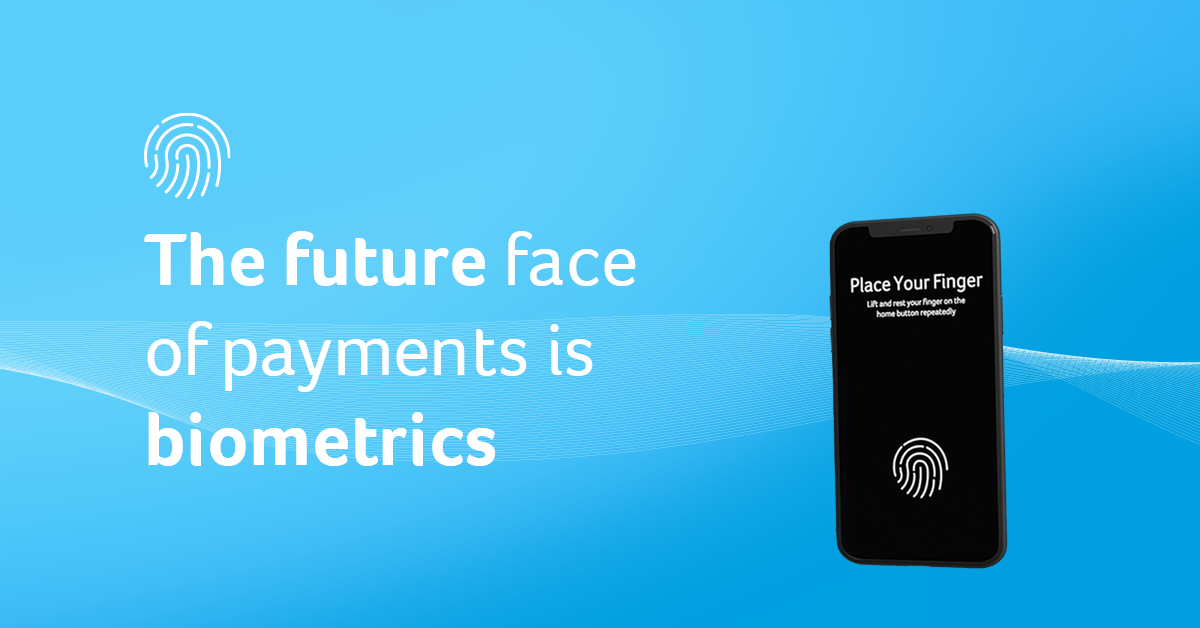Thanks to the advances in smartphone technology, many of us are now familiar with biometric authentication. We unlock our devices with our fingerprint, iris scan, facial recognition or voice without so much as a second thought – and this level of familiarity is swiftly expanding into the world of payment technology. According to research, mobile biometrics will authenticate $2 trillion worth of transactions (both in-store and remote) annually by 2023. This number is 17 times greater than the $124 billion that was expected in 2018, suggesting that consumers are rapidly buying-into both the security and ease of use offered by biometric technology.In this article, we’re going to examine how biometrics will shape the future of commerce – exploring how Amazon is already making it happen – before discussing the benefits it will have for both your business and your customers.
The Grocery Shopping of Tomorrow, Today
There were no cashiers or checkouts.
Since launching, 15 Amazon Go stores have opened, with another 5 in the pipeline across the U.S. and a further 3,000 estimated by 2021. But how does a shop where its customers can pick up products and walk out without paying survive, let alone thrive?
The Amazon example is a superb demonstration of how frictionless payment can be supported by biometrics.
And although this is not yet mainstream – and it’s clearly powered by Amazon’s financial muscle – this technology and the way in which it has been implemented is the beginning of a trend that retail store owners cannot ignore.
So, how does it work?
- First, shoppers confirm their entry to the store by scanning a QR code on their Amazon Go app. From that point on, they can browse or buy without reaching for their wallet, digital or otherwise.
- A sophisticated combination of cameras, sensors and algorithms follow their movements around the shop, automatically detecting when items are taken from or returned to the shelves, and by whom.
- Every product a customer picks up is seamlessly added to a virtual cart. And when they’re ready to buy, they simply walk out of the store. Doing so triggers Amazon to send an email receipt of their purchases, and collects payment by charging their Amazon account.
This is Levels Above Scan-and-Go
While retailers across Europe and around the world are implementing their own scan-and-go technologies reliant on smartphone devices, Amazon has taken things to utopian levels of convenience.
By using biometrics to scan a customer’s face, height, weight, and several other data points, and then tying that information to an Amazon account, the need to carry smartphones and awkwardly scan barcodes has been removed. Instead, the shopping experience is simplified completely.
Do you want to buy a product? Pick it up. You don’t need to scan anything; it’s in your virtual cart already. Changed your mind? Put it back and it’s removed from your cart automatically. You don’t even need to put it back where you found it – the sensors on the shelves make sure you won’t be charged. Ready to pay? Walk outside.
This review of Amazon Go from the Apple app store sums it up:
“Went in, grabbed a croissant and was out (in) literally 17 seconds.” No queues. No swiping or scanning. In and out. That’s biometrics at work. That could be the future of commerce.
But what about the immediate benefits to you as a store owner, as well as to your customers?
The Benefits of Biometric Payment Authentication
The technology used by Amazon might not be available – or affordable – to most SMEs, but that doesn’t mean that there aren’t benefits to using biometric technology in its current form.
Using Apple Pay or Google Pay to pay for transactions, and then authenticating those transactions with biometrics (fingerprint or facial recognition) can make the entire shopping experience faster and safer for both consumer and retailer.
And the good news is, according to a study by Visa, most consumers are aware of biometrics, with 65% reporting that they are at least somewhat familiar with the technology. The same study also discovered that many consumers are acutely aware of its benefits.
Benefits to the customer:
- Security: Biometric authentication is unique to the individual in question. It’s incredibly difficult to replicate or steal someone’s biometric information.
- Speed: There’s no need to remember a PIN or a password when authenticating payment.
- Convenience: Consumers will always have a way to confirm their identity and complete a transaction. Fingerprints cannot be misplaced or forgotten.
Benefits to the store owner:
- Security: Fewer physical cash transactions means less cash on the premises. And if/when the Amazon-style technology becomes commonplace? This will mean consumers being unable to enter a store without first verifying their identity and ability to pay, making shoplifting very difficult – if not impossible.
- Efficiency: Faster transactions means shorter queues and less time spent on checkouts. This should allow staff to prioritise their time better replenishing stock and assisting customers.
- Future-proofed: If your store is set up with a terminal to accept card payments, then it’s already able to accept payments from the likes of Apple Pay and Google Pay. And thanks to biometric authentication, payment caps can be lifted for these apps.
Key Takeaways…
As biometric authentication becomes more commonplace, customers will start to expect the option of using this method in your store. Just as consumers demand card and contactless payments rather than an overreliance on cash, businesses who don’t embrace this new payment technology might see customers vote with their feet.
